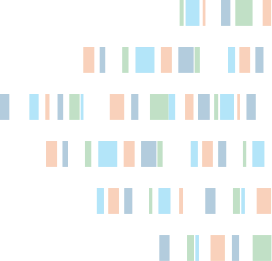Antarctic krill (Euphausia superba) is a crucial species in the Southern Ocean, significant for both its ecological role and commercial value. With climate change posing a threat to its survival, there is an urgent need to explore its adaptive capacity. Historical krill samples from the early 20th century offer a unique opportunity to examine changes in krill populations over time due to various pressures. This study evaluates two cost-effective genomic methods—low-coverage shotgun sequencing and exome capture—on 20 historical krill samples. The results included generating mitochondrial and nuclear ribosomal sequences, revealing genetic variability but no distinct population structure. Exome capture enhanced sequencing efficiency, enabling a deeper genetic analysis. This research aims to leverage historical collections for a better understanding of the biodiversity and adaptability of krill in the face of climate change.

Home » Exome capture of Antarctic krill (Euphausia superba) for cost effective genotyping and population genetics with historical collections
Publications
Exome capture of Antarctic krill (Euphausia superba) for cost effective genotyping and population genetics with historical collections
myBaits
Daicel Arbor Biosciences
5840 Interface Dr. Suite 101,
Ann Arbor, MI 48103
1.734.998.0751Ann Arbor, MI 48103
©2025 Biodiscovery LLC
(d/b/a Daicel Arbor Biosciences)
All Rights Reserved.
(d/b/a Daicel Arbor Biosciences)
All Rights Reserved.
Design and development by Raincastle Communications.
